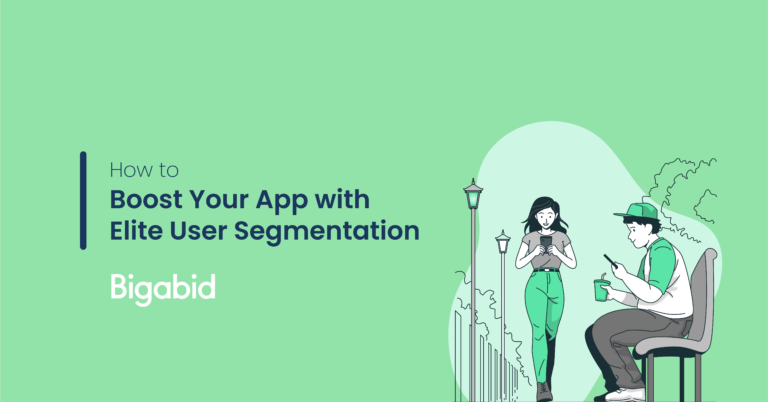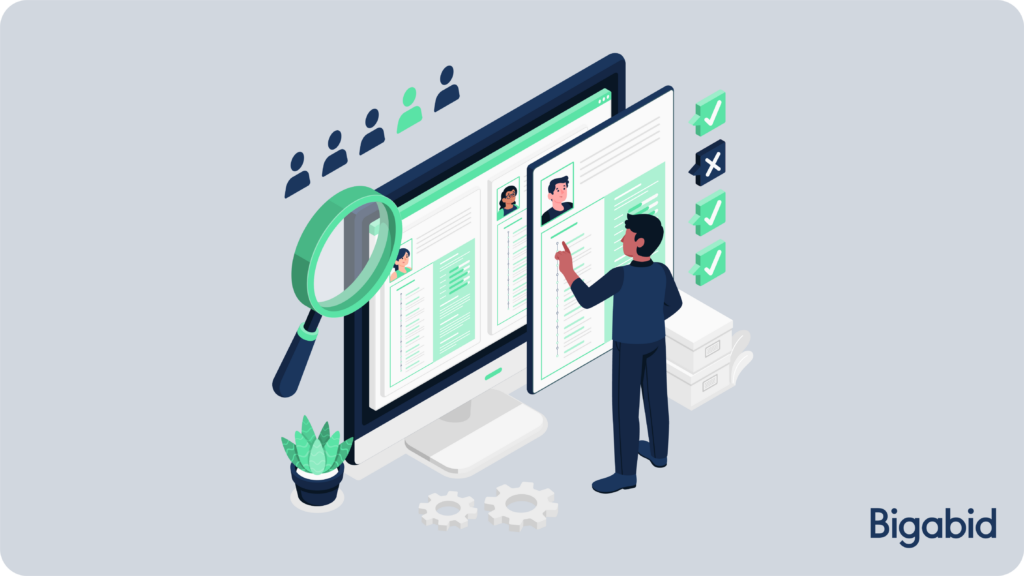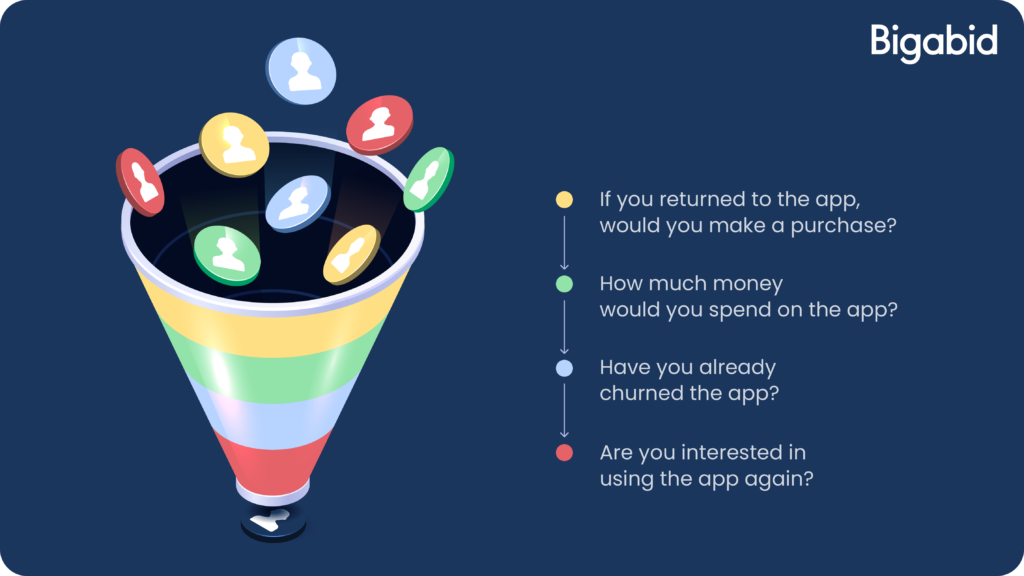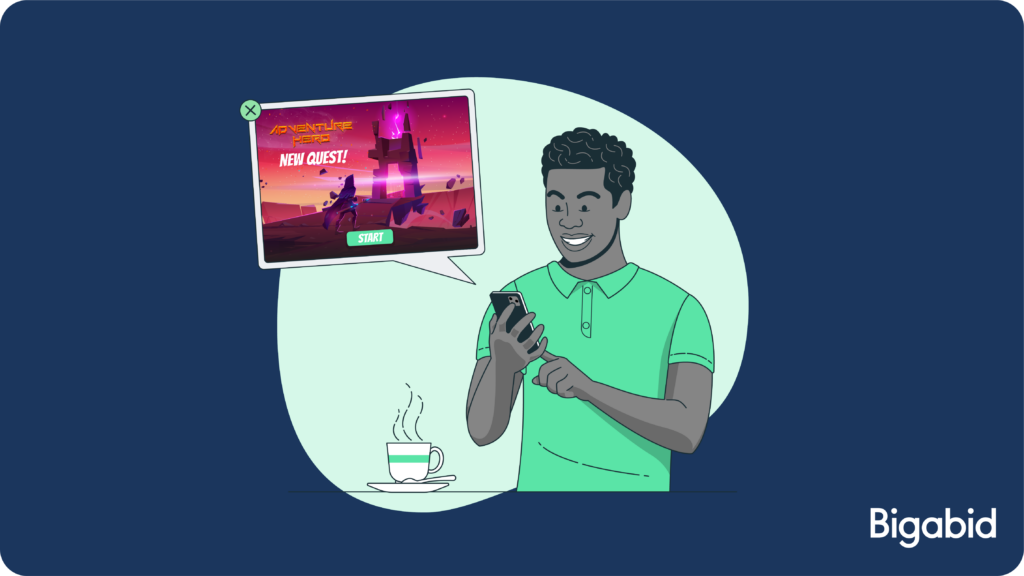
We have all experienced misplaced, irrelevant mobile ads. Inapt ads are not only annoying but one of the primary reasons for app uninstalls. Whether you’re a mobile app developer or advertiser, you want to deliver an immersive, engaging experience to your users. But users are diverse, and the irrelevant ads that disrupt their experiences are caused by a failure to segment them accurately. If you’re looking to enhance your mobile app marketing campaign ROAS and deliver the best possible experience to your users, then understanding user segmentation is key.
User segmentation is the marketing technique of dividing up (segmenting) your user base into segments based on diverse parameters, and then delivering the most relevant ads to each segment for more accurate retargeting. One could say, segments make up the secret sauce for successful mobile app retargeting activity.

Examples of segments could include nationality, app version, player’s age, level reached in-app, paying, non-paying, and much more.
At Bigabid, each app user is segmentized and added to a certain audience with other users that share similar characteristics and quantifiable metrics within the app. It’s the first and most important step of the user evaluation process.
To allocate users in an accurate way, we try to answer big questions as if we were able to ask a user in person like:

To represent these kinds of questions, Bigabid creates an enormous amount of features to develop multi-label machine learning that ultimately matches users to a specific segment. In cooperation with the developer, each of the segments gets a different treatment.
A treatment in retargeting can be related either to the ad a user sees or a gift/promotion they get after returning to the app. For example, a user without jams (or chips) will get jams upon returning to the app. A user with lots of coins will get a special promotion for getting more of these.
Or maybe the users should get exactly the opposite treatment! That’s a challenging question that should be constantly tested as even within segments we can find different feedback at times.
Read more in The 4 Pillars for Successful Retargeting.
Tips and Definitions of Useful User Segments
Learn more about Targeting High LTV Users.
Check out 5 Tips for Successful Retargeting Ads in Gaming.
Read more about Real-Time Data Analysis.
Check out Creative Personalization for more on the phycological factors in creatives.

App user segmentation is the ultimate organizer for accurately targeting High LTV Users. We have discussed many ways to segment your users in this article, but with ever-evolving ML (Machine Learning) technologies, the actual process is much more complex. Bigabid’s AI combines the above-mentioned types of segmentation with a myriad of other variables in real-time to dynamically make millions of ad recommendations to the right users at the right time, all to ensure a great ROAS. Beyond that, we study and share these insights to help you understand your constantly evolving audience so you can provide them with the best possible user experience and maintain lasting loyalty. If you’re ready to scale your app with ML-powered user segmentation, we’d love to show you it in action!